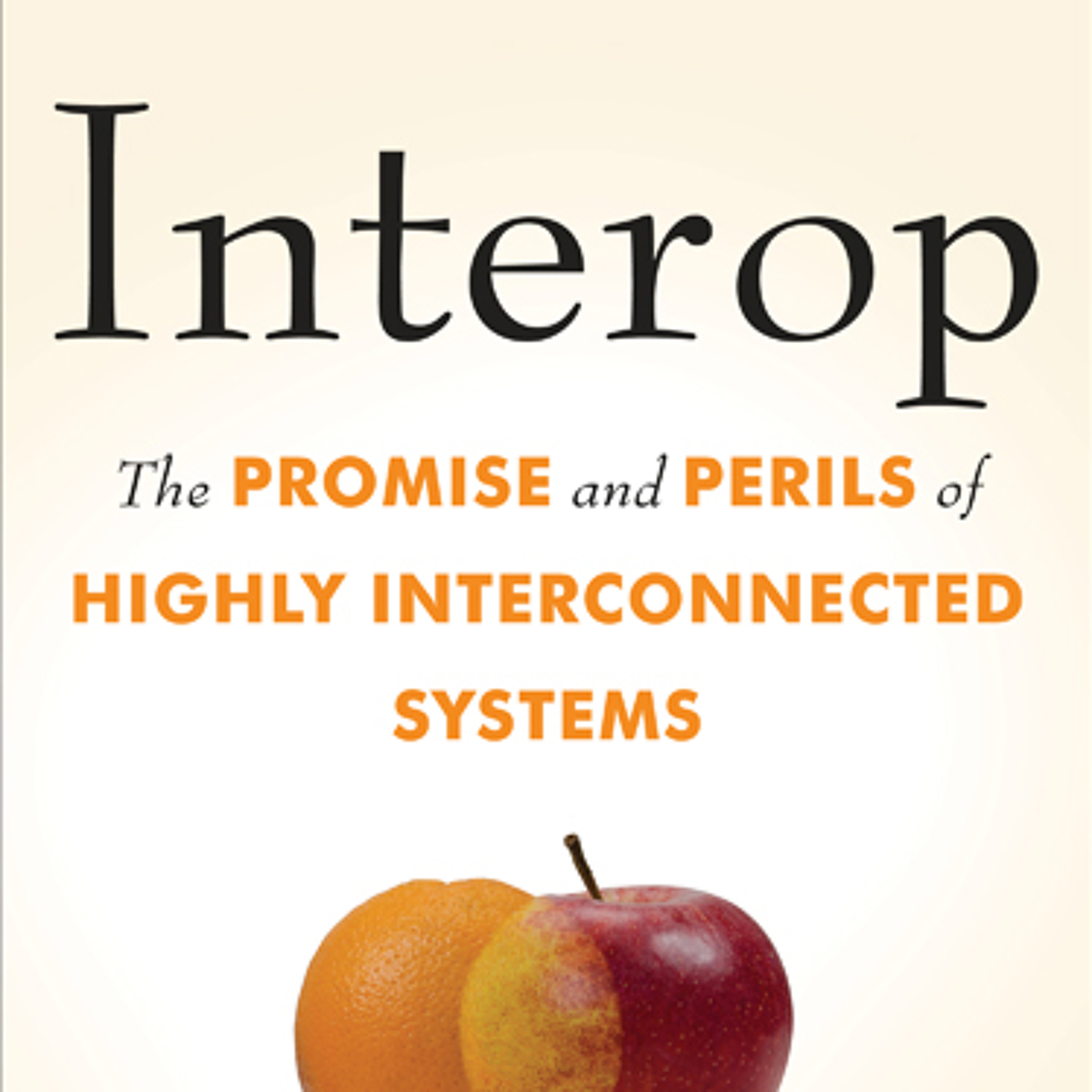- Technology
- SEE MORE
- classical
- general
- talk
- News
- Family
- Bürgerfunk
- pop
- Islam
- soul
- jazz
- Comedy
- humor
- wissenschaft
- opera
- baroque
- gesellschaft
- theater
- Local
- alternative
- electro
- rock
- rap
- lifestyle
- Music
- como
- RNE
- ballads
- greek
- Buddhism
- deportes
- christian
- piano
- djs
- Dance
- dutch
- flamenco
- social
- hope
- christian rock
- academia
- afrique
- Business
- musique
- ελληνική-μουσική
- religion
- World radio
- Zarzuela
- travel
- World
- NFL
- media
- Art
- public
- Sports
- Gospel
- st.
- baptist
- Leisure
- Kids & Family
- musical
- club
- Culture
- Health & Fitness
- True Crime
- Fiction
- children
- Society & Culture
- TV & Film
- gold
- kunst
- música
- gay
- Natural
- a
- francais
- bach
- economics
- kultur
- evangelical
- tech
- Opinion
- Government
- gaming
- College
- technik
- History
- Jesus
- Health
- movies
- radio
- services
- Church
- podcast
- Education
- international
- Transportation
- Other
- kids
- podcasts
- philadelphia
- Noticias
- love
- sport
- Salud
- film
- and
- 4chan
- Disco
- Stories
- fashion
- Arts
- interviews
- hardstyle
- entertainment
- humour
- medieval
- literature
- alma
- Cultura
- video
- TV
- Science
- en
RB204: The Art and Science of Working Together

If you’ve ever experienced the problem of a dead cell phone battery and only incompatible chargers within reach, you’ve experienced one of the minor frustrations of a non-interoperable system. This frustration — not to mention the environmental waste of having dozens of different charger types for the same class of device — has led some countries to institute regulations for cell phone manufacturers to use a single common standard. Such a structure is an example of an Interoperable System. And interoperable systems can range anywhere from relatively minor markets like mobile phone chargers, to massive infrastructures like smart energy grids or air traffic systems. Friends of the show John Palfrey and Urs Gasser are the authors of the newly released Interop: The Promise and Perils of Highly Interconnected Systems. They spoke with David Weinberger about how Interoperability works, and how interoperable systems can lead to greater innovation, greater efficiency, and better functioning societies.